Injury Cases We Handle
Flora Templeton Stuart Accident Injury Lawyers handle all major injury and accident cases to help you get justice and compensation.

We help bicycle accident victims secure fair compensation and recovery support.

We represent bus accident victims to fight for full compensation and justice they rightfully deserve.
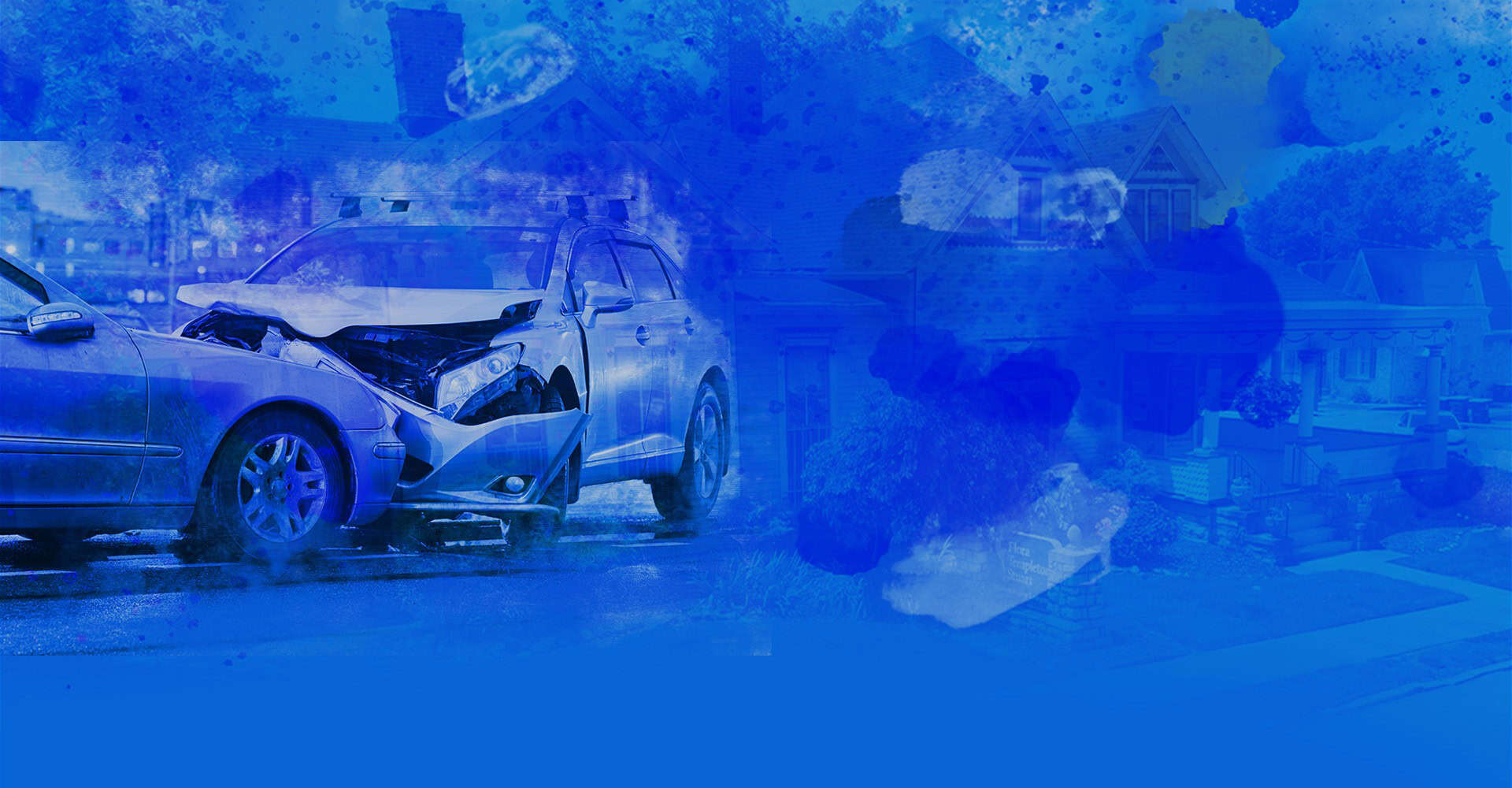
We fight for car accident victims to recover full compensation and move forward.

We represent victims of catastrophic injuries to secure lifetime care and full compensation.

We protect children’s rights after injuries and fight for full compensation on their behalf.
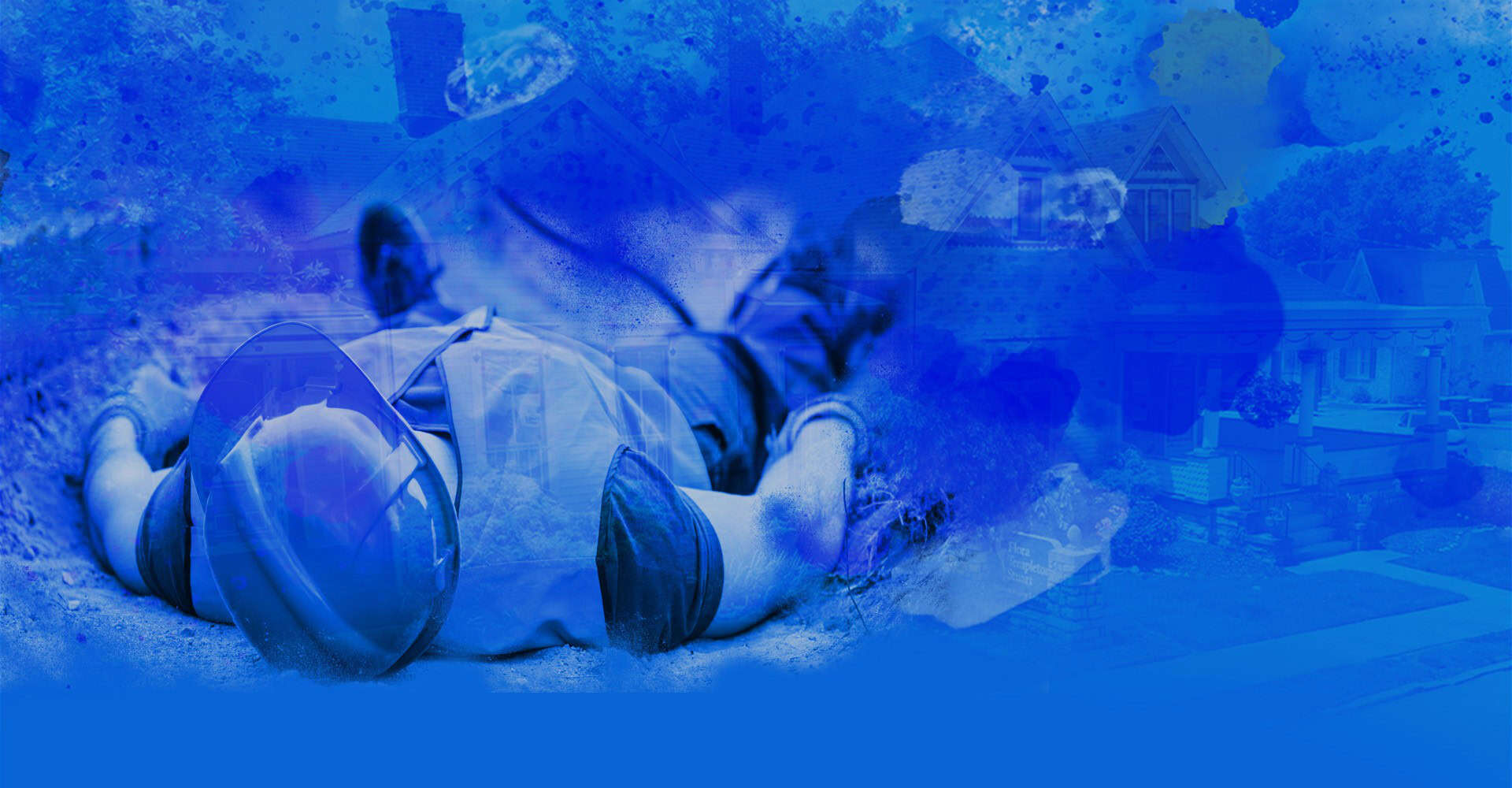
We help construction accident victims hold employers & contractors accountable.

We help dog bite victims pursue fair compensation and fight the owner’s insurance.
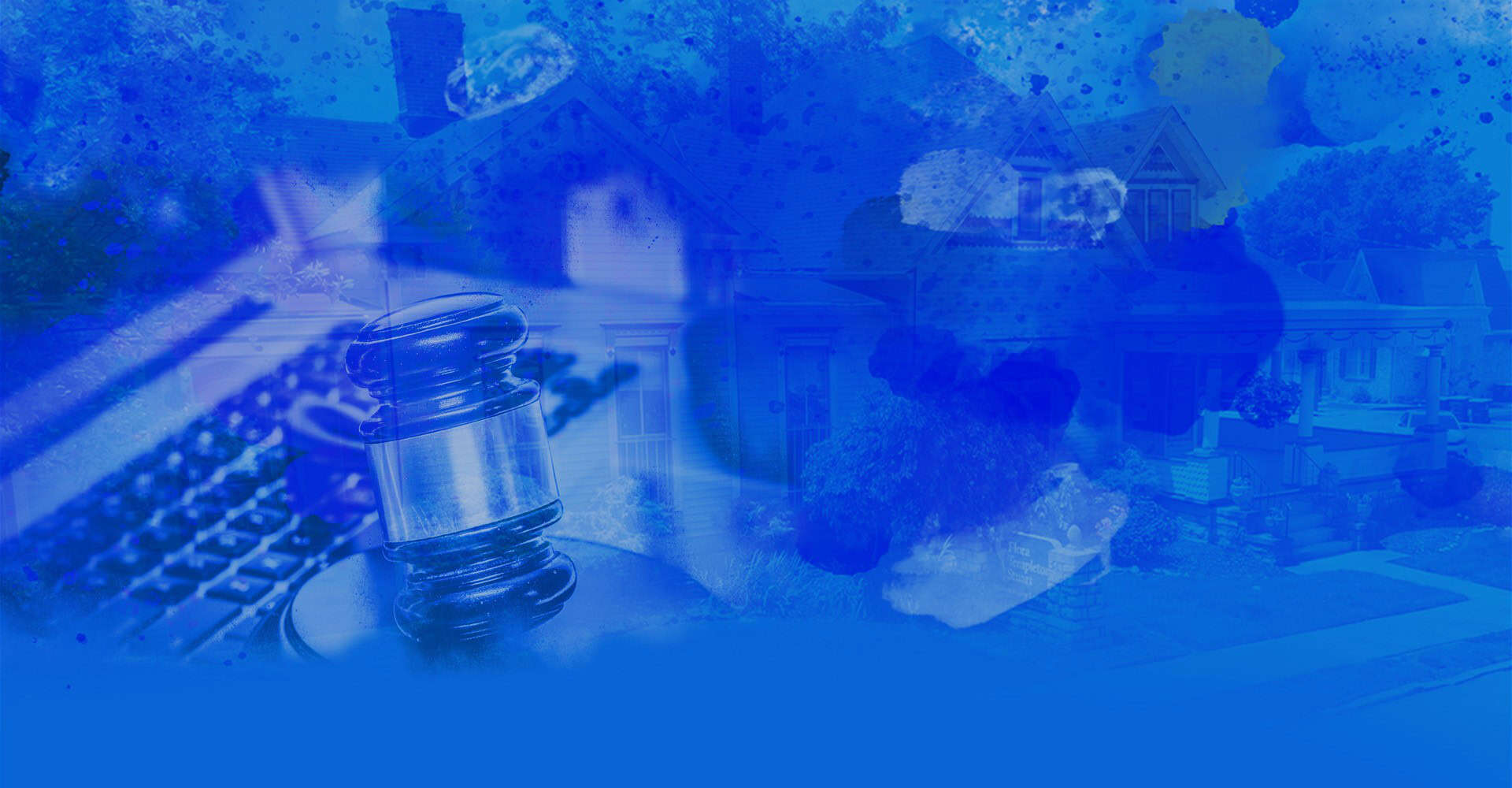
We defend clients charged with DUI to protect your rights, license, and future opportunities.

We help moped accident victims claim full compensation and protect recovery rights.

We defend motorcycle accident victims’ rights and pursue full compensation for injuries.

We protect seniors from nursing-home abuse and fight for full justice and compensation.
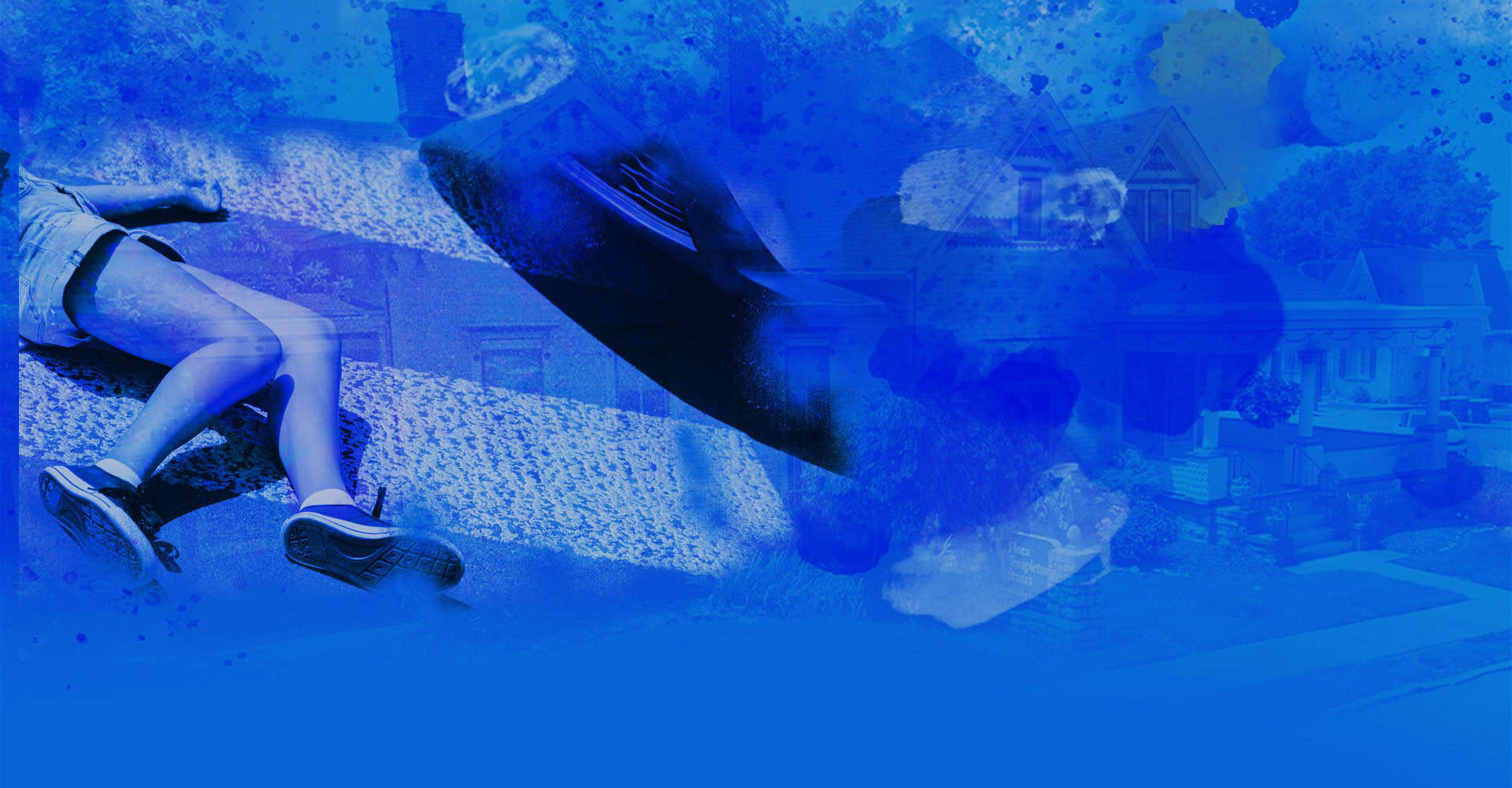
We help pedestrian accident victims fight for full compensation and rebuild their lives.
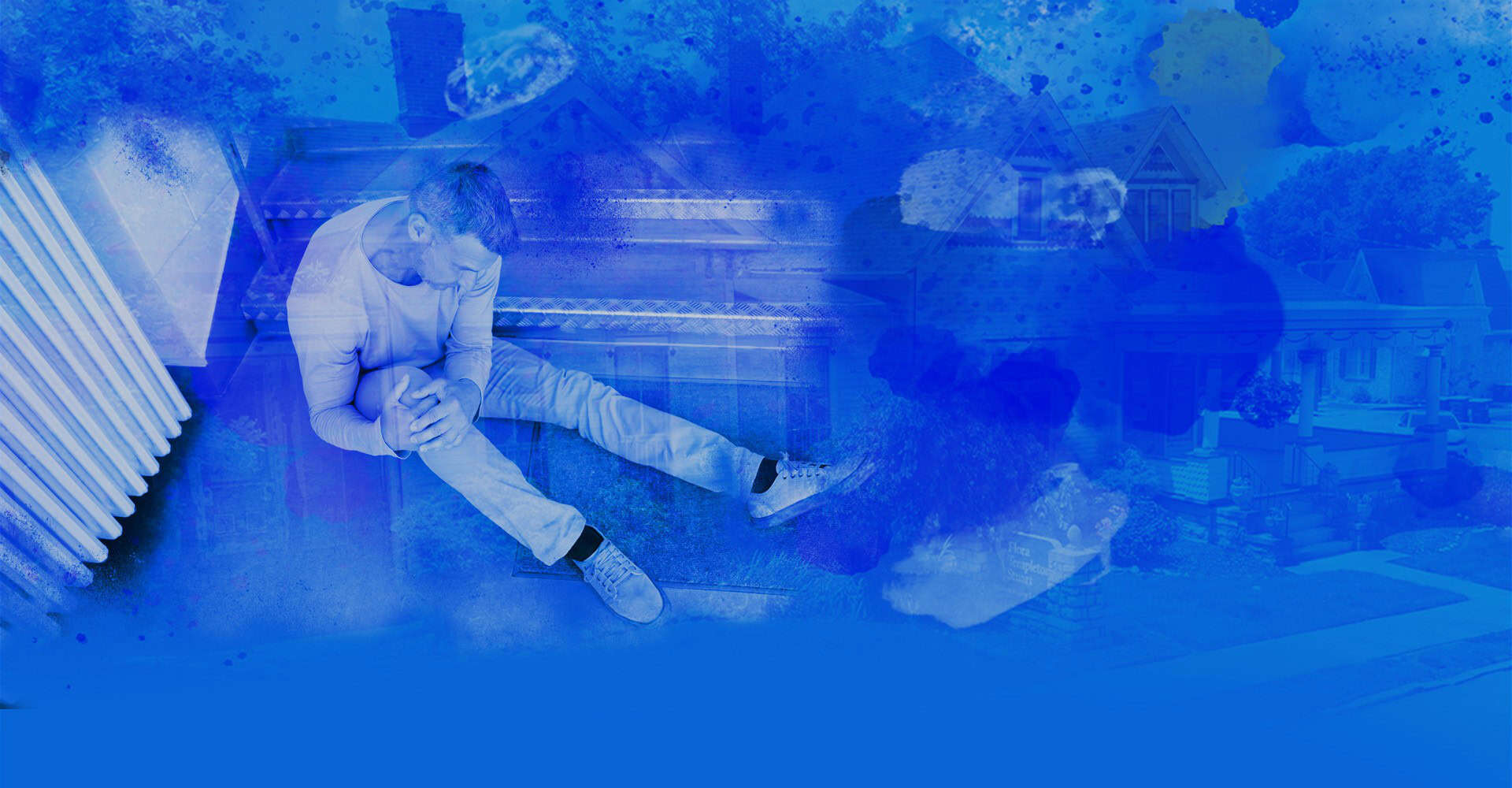
We hold property owners accountable for unsafe premises and fight for full injury compensation.

we help scooter accident victims fight for full compensation and recovery support.
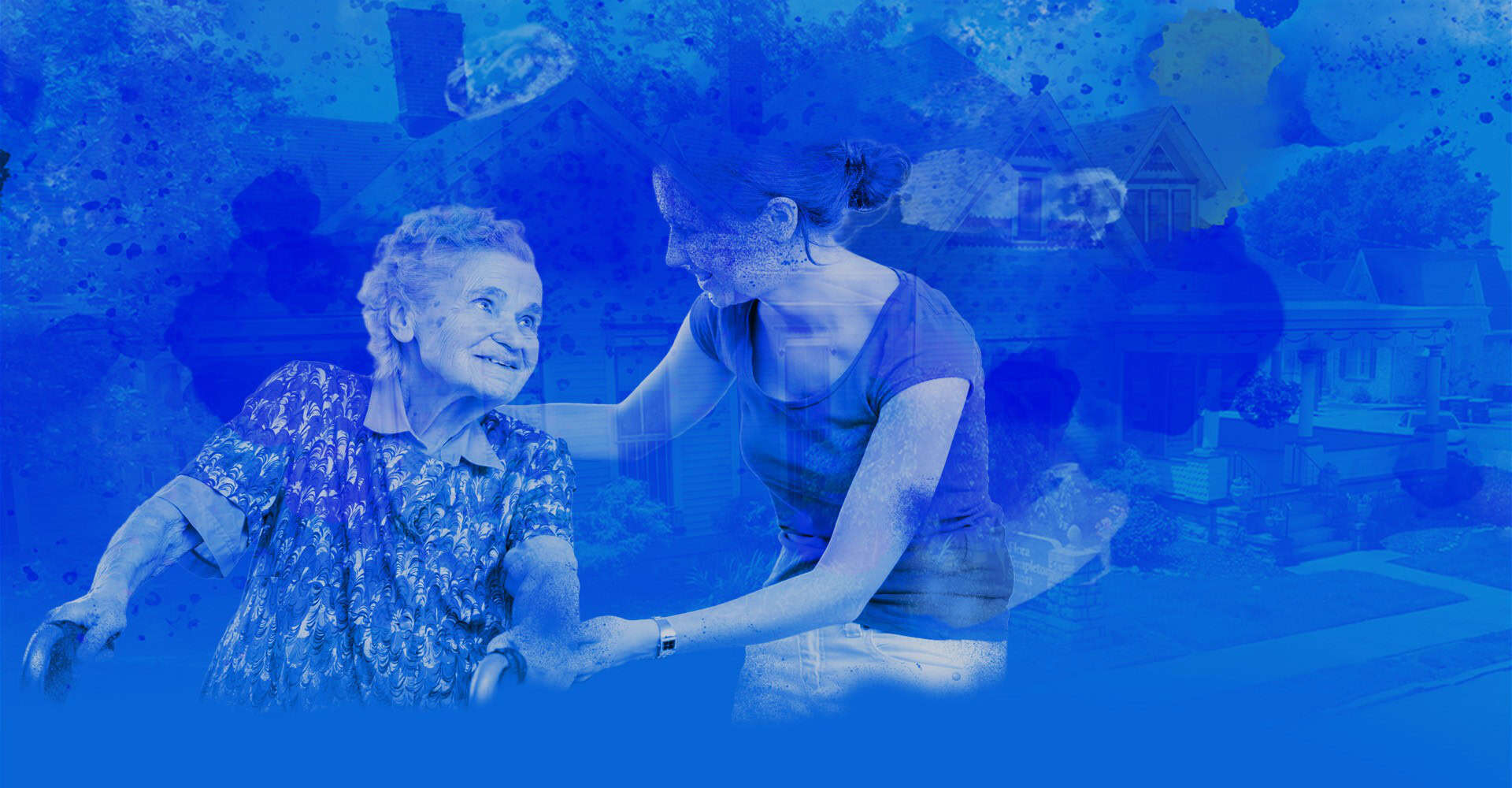
We assist with Social Security disability claims to help you secure the benefits you deserve.

We represent truck-accident victims to recover maximum compensation and hold negligent carriers accountable.

We support workers injured on the job and fight for full compensation and rights.
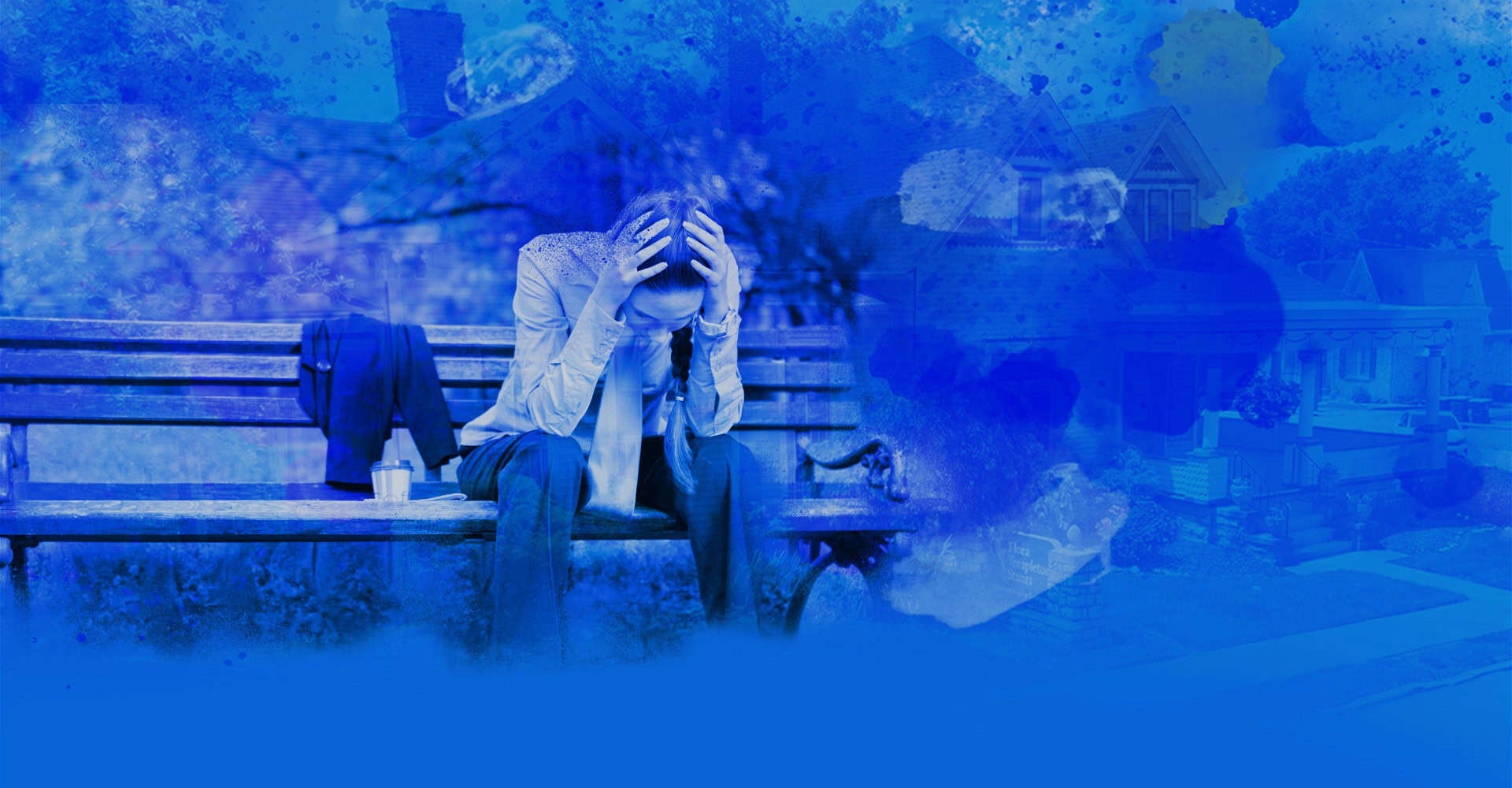
We help families pursue justice and full compensation after a loved one’s wrongful death.
